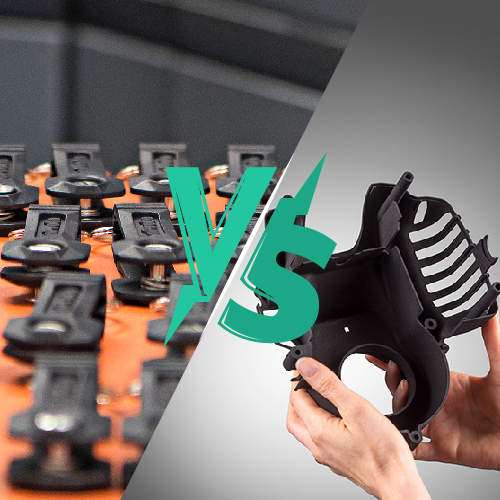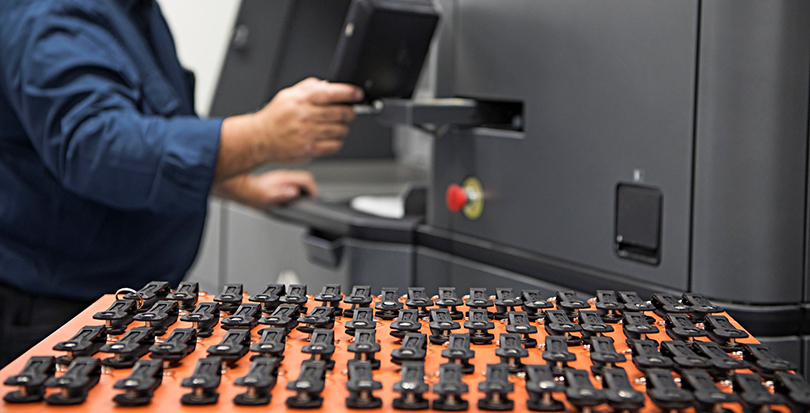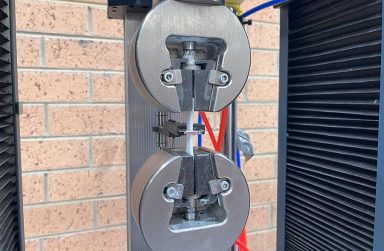3D Printing vs Additive Manufacturing: What’s the Difference?
July 19, 2024
The terms “3D Printing” and “Additive Manufacturing” are often used interchangeably. However, there are distinct differences between the two, particularly in the context of production scale and application. Understanding 3D Printing vs Additive Manufacturing can help businesses choose the most suitable technology for their needs, whether for prototyping or large-scale production.
3D Printing: Precision and Prototyping
3D Printing is typically associated with the production of prototypes and smaller batches, usually between 1 to 20 units. This technology offers a precise and swift solution for creating detailed models and functional prototypes. It is ideal for producing singular objects or small quantities, allowing for rapid iteration and testing of designs.
Technologies in 3D Printing
At Formero all of our 3D Printing services lend themselves to 3D Printing Prototypes, including Fused Deposition Modelling (FDM), Stereolithography (SLA), Selective Laser Sintering (SLS), Multi Jet Fusion (MJF) and Digital Light Processing (DLP). This versatility ensures that regardless of the specific technology used, we can produce high-quality, detailed prototypes quickly and efficiently. This capability is particularly beneficial for businesses needing to test designs and make rapid adjustments before moving to larger-scale production.
Additive Manufacturing: Scalability and Production
Additive Manufacturing extends beyond the capabilities of 3D Printing by focusing on the production of end-use parts in larger quantities. When the requirement is for 100-2,000 parts, Additive Manufacturing becomes the preferred choice. This process is the opposite of subtractive manufacturing, which involves cutting away material to create a product. Instead, Additive Manufacturing builds objects layer by layer, making it suitable for complex and scalable production needs.
Technologies in Additive Manufacturing
Several advanced technologies fall under Additive Manufacturing, each offering unique benefits for large-scale production:
- Selective Laser Sintering (SLS): Utilises a laser to fuse powdered material, creating strong and durable parts. At Formero, we’re able to offer 6 different materials for our SLS printing including high-strength materials and a flame-retardant option.
- Multi-Jet Fusion (MJF): Employs a multi-agent process to produce precise and consistent parts at high speeds. MJF parts exhibit isotropic properties in all axes, which translates to consistent mechanical properties throughout the part.
- Fused Deposition Modeling (FDM): FDM printing can be used for both prototyping and Additive Manufacturing runs. Although slower than SLS & MJF builds, Formero utilises Markforged technology to produce parts that display high strength and good surface finish making it suitable for select Additive Manufacturing projects.
- Digital Light Processing (DLP): DLP uses a digital projector screen to flash a single image of each layer all at once, curing the resin quickly. DLP can be classed as Additive Manufacturing due to its ability to complete a full build in a short amount of time, enabling the production of higher quantities. However, not all DLP materials are suited for functional applications.
These technologies are particularly suited for the manufacturing sector due to their ability to produce high-quality, functional parts quickly and efficiently.
Advantages of Additive Manufacturing
Additive Manufacturing presents several advantages over traditional manufacturing methods:
- Faster Lead Times: The ability to produce parts quickly reduces the time from design to final product.
- More Design Freedom: Complex geometries that are impossible with traditional methods can be easily achieved.
- Cost Savings for Complex Assemblies: Additive Manufacturing can reduce the need for multiple components, lowering assembly costs.
Key Differences: Functionality and Scalability
Two key differences set Additive Manufacturing apart from 3D Printing:
- Functionality: Additive Manufacturing is geared towards producing end-use, functional parts rather than just prototypes.
- Scalability: Additive Manufacturing is more efficient and cost-effective as production volume increases, making it a viable alternative for larger production runs.
This scalability means that the more parts produced using Additive Manufacturing, the quicker and more cost-effective the process becomes. This makes Additive Manufacturing highly competitive and a suitable alternative to traditional manufacturing methods for large-scale production.
Conclusion
While 3D Printing and Additive Manufacturing are closely related, understanding their differences is crucial for selecting the right technology for your manufacturing needs. 3D Printing excels in precision and prototyping, while Additive Manufacturing shines in scalability and production efficiency. By leveraging the strengths of each, businesses can optimise their production processes and achieve greater innovation and cost savings.
Author
Craig Alexander
Craig is a seasoned marketing professional with over 13 years of diverse experience in industries ranging from Asphalt Testing Technology to Environmental Sciences. His extensive background in B2B marketing, coupled with a deep understanding of complex technical fields like Power Tools, Solar & Battery Systems, and Emergency Lighting, uniquely positions him to bridge the gap between advanced manufacturing technologies and market needs. Craig leverages his comprehensive marketing skills to translate intricate manufacturing processes and innovations into clear, compelling narratives, helping businesses of all sizes succeed in both local and international markets.






